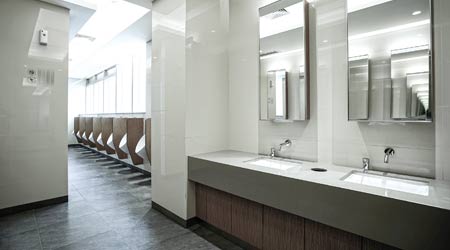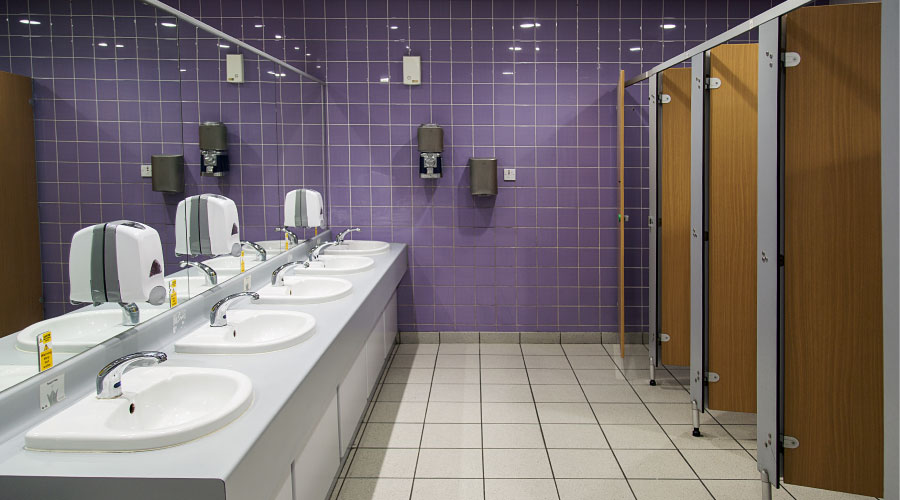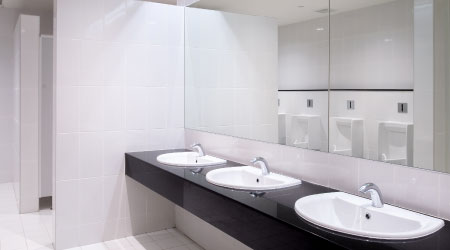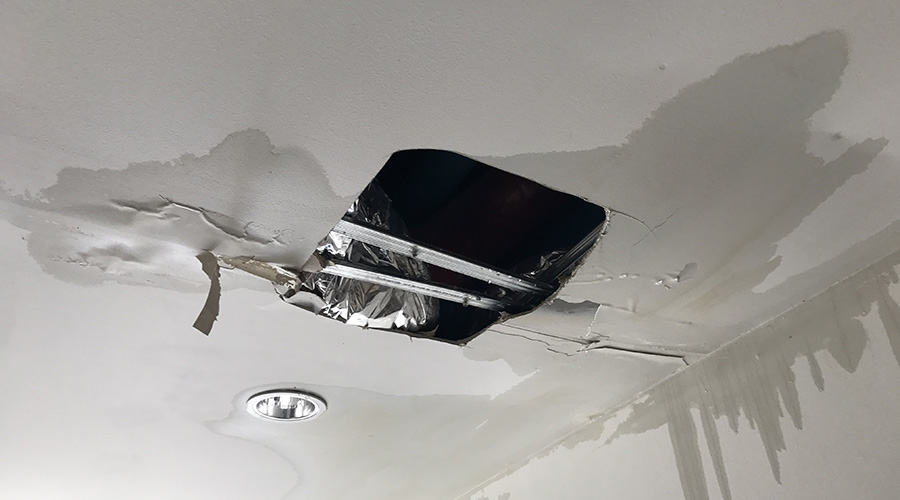Specifying Plumbing Products for Functionality not Aesthetics
In order to achieve the project goals of a restroom renovation, managers should specify products based on efficiency and cost savings, not just aesthetics.
When choosing the types of lavatories, faucets, water closets, and urinals in any renovation project that can help to achieve project goals, the selection is sometimes driven by fixture aesthetics. But managers also need to emphasize the efficiency and practicality of the fixtures, as well as the user experience.
Many users do not want to touch any part of a fixture, including water closet handles. Fixture manufacturers understand this mind-set and have responded by incorporating antimicrobial coatings that inhibit germ growth and make cleaning more effective.
Managers also need to determine whether sensor faucets are appropriate for their applications. Faucet operation depends on body proximity and sensing duration, and faucets require regular cleaning and calibration to function properly. Proximity sensors that are adjustable or self-adjustable will encourage greater use and promote user satisfaction. Water-closet flush valves have this capability, and they generally are fitted with flush handles to save water and allow user control.
The mounting height of flush valves, whether they feature sensors or handles, also is a concern in restrooms where children are the primary users. Another consideration in selecting flush valves is whether there is a manual-flush button in addition to the sensor. This feature is a good way to enhance restroom cleanliness.
Most importantly, fixtures and faucets must meet code, be cleanable, enhance the user experience, and minimize maintenance to ensure long performance lives.
Upgrading a restroom takes a team approach and proper planning. Involving the right individuals, as well as establishing a budget and means of construction, can minimize the disruption and headaches that too often go along with renovations. It pays to specify high-quality fixtures and faucets in order to minimize potential maintenance, increase the overall user experience and prevent health risks.
Luminita Bondar, CPD, LEED AP BD+C, is a senior plumbing designer with Smith Seckman Reid (SSR), www.ssr-inc.com. She has more than 30 years in the mechanical, electrical and plumbing industries and is responsible for the design of plumbing, fire protection, and medical gas systems. J. Patrick Banse, P.E., LEED AP, CIPE, is a technical leader and one of SSR’s most senior engineers. He provides high-level consultation to SSR’s mechanical, plumbing and engineering staff on unique and complex design problems and investigations.
Related Topics:















